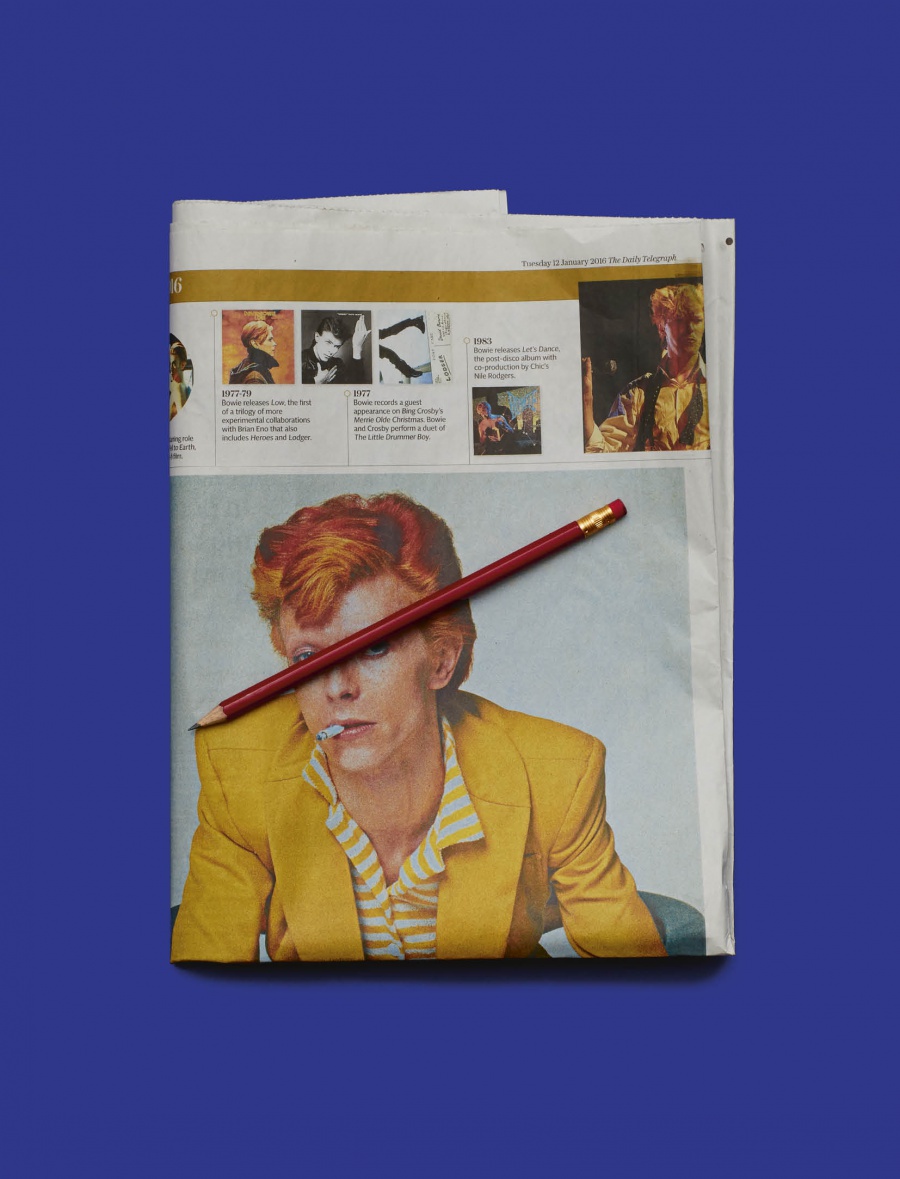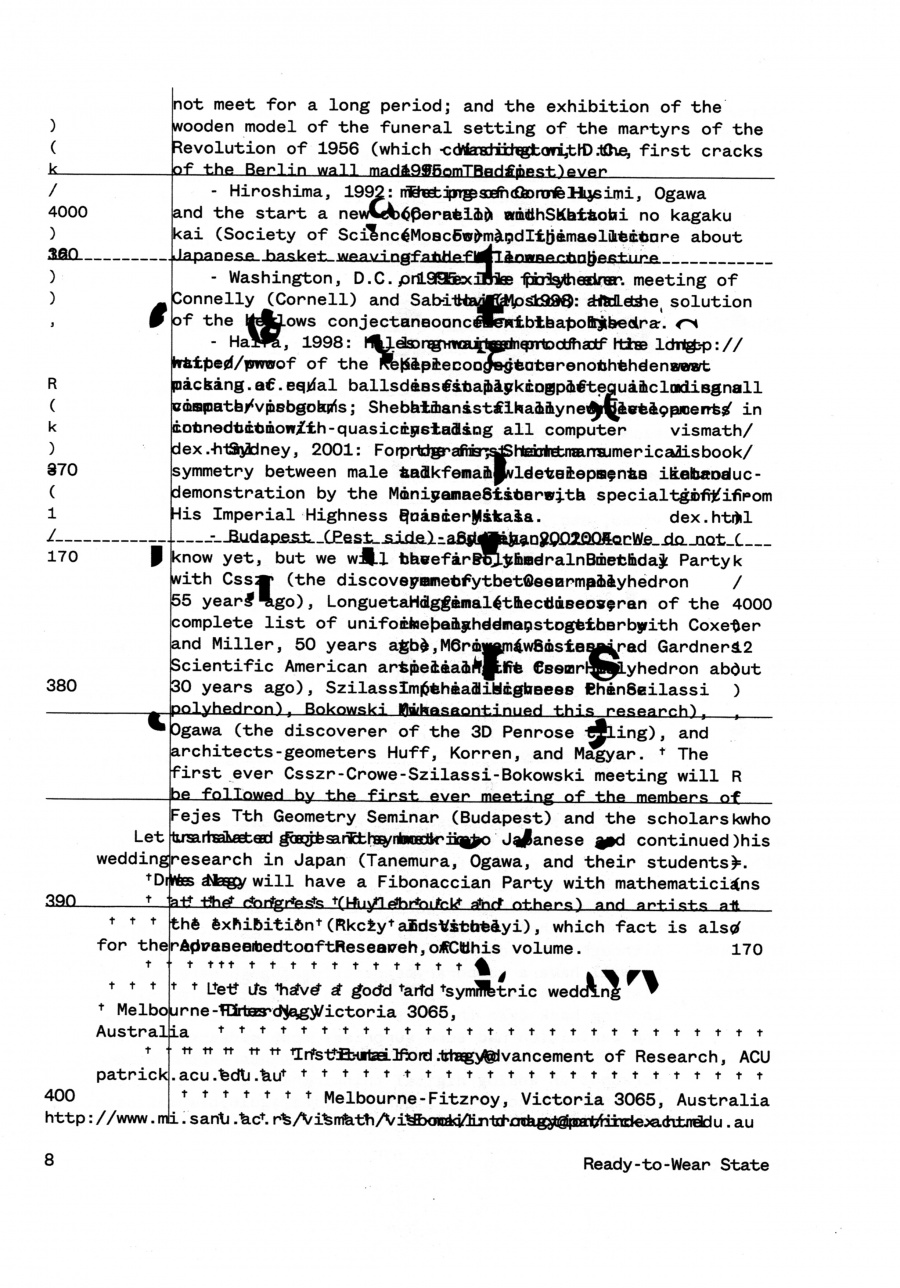Ready-to-Wear State

José Esparza Chong Cuy:
Prét-à-Patria uniquely speaks about your background as a fashion designer by tackling complex social ideas through clothing and other mediums like sculpture and performance — all of which you masterfully incorporate in the presentation of collections. This time, you present it as an exhibition.
Bárbara Sánchez Kane:
Prét-à-Patria takes its title from the French term prêt-à-porter, which translates as ‘ready-to-wear’. The exhibition at kurimanzutto and the themes it explores is connected to what this concept means in the fashion industry, which is the production of ideas translated into items for mass consumption. In the world of apparel, the concept is about creating a system to construct and sell fast fashion items; in Prét-à-Patria, it’s about the indoctrination of ideas, mainly those of masculinity and femininity, through institutions such as the state.
JECC:
Your work as a designer is actually quite the opposite of ready-to-wear. Each of your garments is unique, and frankly, they seem to be quite impossible to reproduce en masse.
BSK:
Fast fashion actually should be eradicated from the fashion system. All this mass production and consumption damages the environment, and the benefits of ferocious capitalism happen at the expense of many. You see items by high street retailers that cost ten dollars or less, and there’s obviously blood on those hands. This process involves underpaid employees and super-long workdays to sell their product. We need to understand this when acquiring these products. I was a part of that system of consumption, but it’s exploitative and toxic. We first need to recognise that we are a part of that system, and become aware of its implications. Locally, I strongly advocate for the consumption of Mexican brands with small productions.
We all complain about what’s happening in the world, and yet do nothing about it. We are against femicides in Mexico and in others in parts of the world, and yet we are the ones responsible for the way we educate society. The same for elections and voting. And I say this because I am in my hometown in Merida to vote on Election Day today. We complain about what’s happening in Mexico. Well, then, we have to go out and vote.
Here we are, talking about fast fashion, and all of a sudden this… In my view, the atrocious cycle of the mass-produced prêt-à-porter lines is the same thing as hegemonic masculinity. Neither should not exist.
JECC:
I like how you tweaked this fashion concept with the word patria, which is both ‘homeland’ and/or ‘state’. The representation of state ideology is quite present in visual culture in Mexico, and the connection you make between the industrial system of fast fashion and the ideological apparatus of the nation serves as a clear critical tool in thinking about the current social context.
The uniform very directly links the world of fashion with the history of nation states. Both seem obsessed with it and fascinated by the idea of the standardisation of a look, an identity.
BSK:

Military garments have their own advantages. They’re readymades created by the state that have prevailed for centuries — always accompanied by an army that is ‘ready-to-act’ and enforce its power.
For years, I have been thinking about what the uniform represents both in the history of fashion and the history of Mexico. In Merida, at my old studio in my parents’ house, I have a lot of images of the Mexican Revolution on the wall. There are tons of pictures from a study of military uniforms and their pockets and shirt flaps I have collected over the years. It’s a big military mood board.
In my research for this exhibition, I learned that the Mexican government has its own factory to manufacture the clothing and equipment for the army and air force. It is called Dirección General de Fábricas de Vestuario y Equipo (General Direction of Garment Fabrics and Equipment). There is strong tension in the name of this department, mixing macho language with things associated with women. Another interesting fact is that during the current administration in Mexico, the government dyes the military uniforms with a product called Mariposa (which can translate to ‘fag’), using the colour Ultramar green 667. They call it operación teñido (operation dying) and it follows the current government’s austerity policies. I find all this quite amusing.
JECC:
Clothing is a medium that can circulate ideas rather quickly and expansively, and it makes sense that both fashion houses and nation states use it as a tool.
It‘s clear that you’re very mindful of this situation and therefore you use this same medium to shift perceptions, in your case, of masculinity. You deconstruct it, and expand on the notions of different types of masculinity. The ‘macho sentimental’ is a concept that you often use and have even adopted as the name of your house: Casa del Macho Sentimental. Can you talk about the relationship between this concept in your practice at large and the elements in the exhibition?
BSK:
Clothing is a tool used to perform identities and embody ideologies on a daily basis. And I am very aware that Mexican nationalism is made in the image and likeness of a male drive to build a nation, also of the male pride that comes with the violence enforced to accomplish the nation-state project. Prét-à-Patria presents the military uniform as an agent in the indoctrination of a hegemonic military masculinity.
I wanted to showcase the hyper-masculine in the most obvious way, which was by using the uniform — it’s also a suit that represents power. The backside of the uniform though, is open and you see lingerie that is stereotypically for women. I wanted to naturalise or appease the uniform’s symbolic charge by combining the ‘super masculine’ and the ‘super feminine’ in one look.
The central sculpture in the exhibition shows three human figures wearing this altered military uniform being fucked through the ass and mouth with a flagpole. It’s a vertical sculpture showing one man on top of the other, but who’s going to get to the top? In the end, everything is measured with a pole, right? We’re all measured with a phallic figure…
JECC:
The video in the exhibition shows men performing a Mexican military parade known as escolta that is meant to guard, care for, and honour the national flag. Can you share your relationship to this tradition?
BSK:
When we started this project I wanted to work with people that actually did this for a living. Through Facebook, I found a group called Escoltas y Bandas de Guerra S.A. de C.V. and reached out. I went to see the director to discuss the possibility of collaborating. It was funny because I called him ‘General’ and he called me ‘Designer’.
I had a sketch of the outfits and more about the mood of what I wanted to portray. The General told me he worked with 400 different people of different ages, including men and women, so we decided to do our casting in a park. By then, I had the patterns of the final garment so they could see there was an opening in the back.
JECC: What was the reaction?
BSK:
You know, they joked with one another. But then again, I am a woman, so they were kind of flirty and that allowed us to get closer. I guess they only went for it because of the fact that a woman had approached them.
It was curious, when they put on the garments showing their bare asses, a lot of them were shaved — peachy-bare-skin-shaved. I don’t know if they usually shave their ass or if it was because I was going to see them. Only one person didn’t have his ass shaved, and he was the one carrying the flag. So by all means, I said: “Oh great, visually this is amazing!”.
During filming, one of the performers was not comfortable, so I asked “What’s going on? Talk to me.” I didn’t want to pressure anyone to do things they didn’t want to, but I used my femininity and the fact that I’m a woman to perform in a sexy way and convey to him that he was still virile, manly, and powerful. “Don’t worry. You’re not losing anything. This is a job and you’re still here. Your whole integrity is still here.”
It was unsettling for me to use my femininity to create this piece that aims to dismantle exactly that. This was the first time I directed something, so these situations were new to me. If not for Covid, this would have likely been a live performance — which is usually how I present my collections — but I liked the experience and opportunity to do this and be involved in the editing process.
JECC:
Having seeing these performances as a school child, my whole idea of this ritual changed by your alteration to the uniform — by making it more feminine. How do you look back in your life when you were seeing all these symbols being performed?
BSK:
I now realise that for a long time I fought with my own femininity. When I was growing up, women were described with adjectives like ‘resilient’, or people said “She’s a very good woman… a great housewife… a good mother.” Men, on the other hand, were virile, hardworking, successful, and all these amazing qualities that were desirable. Growing up, I didn’t understand that you could have both: that I could be in touch with my masculine and my feminine side.
This is partly because of how I saw gender represented in soap operas, movies, commercials — everywhere. Women seem to be desexualized in Mexico: she is either a mother, or she is so in touch with her sexuality that she is a prostitute. Men are not the problem. The problem is the concept of what we understand as being ‘a man’ and what being ‘a woman’ is, and their representation. Prét-à-Patria explores the eradication of this type of masculinity. Hopefully new generations will grow up without the same indoctrinated ideology.



